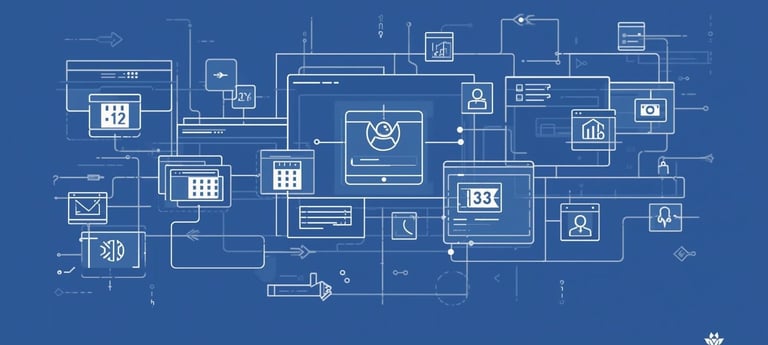Tips for Sending Bulk Calendar and Meeting Invites
Scheduling multiple meetings at once is essential for modern businesses. Coordinating events using mass calendar invites in Google or Outlook allows teams to communicate efficiently while reducing errors. Whether you’re sending send mass meeting invite in Gmail for webinars or mass calendar invite in Outlook for internal sessions, understanding bulk scheduling techniques helps keep your team aligned and organized.
BLOG
10/15/20252 min read


Scheduling multiple meetings at once is essential for modern businesses. Coordinating events using mass calendar invites in Google or Outlook allows teams to communicate efficiently while reducing errors. Whether you’re sending send mass meeting invite in Gmail for webinars or mass calendar invite in Outlook for internal sessions, understanding bulk scheduling techniques helps keep your team aligned and organized.
1. Why Bulk Calendar Invites Are Essential
Sending individual invites to each participant can be time-consuming and error-prone. Bulk calendar management provides:
Efficiency: Schedule multiple participants simultaneously.
Accuracy: Ensure everyone receives the same details.
Consistency: Maintain a uniform approach across meetings.
Bulk invites are particularly useful for recurring events, company-wide updates, and large-scale virtual sessions.
2. How to Send Bulk Calendar Invites Effectively
a. Outlook / O365
Use distribution lists to send mass calendar invite in Outlook.
Schedule recurring meetings for ongoing sessions.
Track RSVPs and manage updates centrally.
b. Gmail / Google Calendar
Add all participants during event creation.
Utilize calendar reminders to improve attendance.
Share recurring events to avoid duplicating effort.
Understanding platform-specific features ensures smooth bulk invite management.
3. Best Practices for Mass Meeting Invites
Use Descriptive Titles: Clearly indicate the meeting topic.
Provide Agendas: Outline what participants need to prepare.
Include All Details: Time, location (or link), and duration.
Set Reminders: Reduce the chance of missed meetings.
Applying these principles ensures a professional experience for all participants.
4. Managing Challenges
Common issues include platform limits, missed invites, and time zone confusion. Solutions include:
Segmenting recipients into groups for easier management
Sending invites ahead of time
Tracking attendance using RSVP features
These steps maintain smooth scheduling and minimize disruptions.
5. Benefits for Teams and Organizations
Saves Time: Bulk invites prevent repetitive scheduling.
Improves Communication: Participants stay informed.
Enhances Attendance: Clear and timely invites encourage participation.
Professional Workflow: Organized scheduling reflects positively on the organization.
When done properly, bulk calendar management creates a more productive and structured work environment.
Conclusion
Using mass calendar invites in O365 or Gmail can transform the way organizations manage schedules. Sending mass meeting invites efficiently ensures clarity, reduces errors, and saves time. By following best practices and understanding platform capabilities, teams can maintain organized bulk calendar operations and improve collaboration across departments.
MassCalendar.in
Send Bulk & Mass Calendar Invites Instantly
CONTACT
Meetings
+44 (0) 203 916 5117
© 2025. All rights reserved.
Help?
